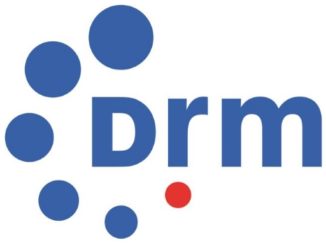
Will the shows go on in 2022? Radio conferences planned next year
If COVID allows, Radio conferences will be back on the list for 2022.Radiodays Asia, which has been held as a virtual event during COVID, will also be in September but just before IBC, from 6th to 7th in Kuala Lumpur, Malaysia.Radiodays Asia focuses on the future of radio, audio and podcast businesses, specifically for broadcasters in Asia, and usually has a good attendance and a number of speakers from Australia.
This years conference will by a hybrid event.Speakers at the previous Radiodays Asia conferences include Greg Byrnes (Nine Radio), Peter Charlton (Nova), James Cridland, Rachel Corbett (Nova Intertainment) as well as Valerie Geller and Steve Ahern.Asia Pacific Broadcasting Union has scheduled a virtual event from 22 – 24 March.Commercial Radio Australia is yet to finalise a date for next year and will likely wait until the situation with Omicron becomes much clearer.There is no official announcement yet from CRA about 2022.The CBAA conference for community radio stations will be held in Cairns from March 24 – 26 and will be opened by the new CBAA President, Jacquie Riddell.Speakers so far include Gabrielle Andolfatto – Youth Forum, Jon Bissett– Community Media in a Post-Pandemic World, Jo Curtin and Rachel Rees – Update from the CBF, Kerrie Foxwell-Norton– Meaningful Conversations About Climate Change, Holly Friedlander Liddicoat and Maddy Macquine– Women and GNC Forum.NAB Show and the Radio Show will now roll into one event, beginning in April next year with the conference in Las Vegas set for April 23 – 27 at the Las Vegas Convention Centre.This is the biggest show of equipment in the world and covers Radio, TV, Film and all other forms of broadcasting.The incorporation of the Radio Show means that their event, usually in the latter half of the year, will no longer happen.The Worldwide Radio Summit, usually held in March or April at a venue in Los Angeles, has not been held since COVID began, and there has been no announcement from organisers about the possibility of a gathering next year.Radiodays Europe will be in Malmö, Sweden from May 15 – 17, and already there over 120 speakers confirmed, including Yagmur Özberkan and Susani Mahadura who produce the award-winning podcast show, Özberkan and Mahadura, Caspar Adriani CTO Pluxbox, Richard Stern CEO TuneIn, Olle Zachrison Head of Digital News Swedish Radio, Nicolau Santos President RTP, Caroline Pouron P3 Swedish Radio, Nick Piggott Project Director RadioDNS, Rebecca Frank Content Director KISS, Anne-Marie Dohn Radio 4, Joe D’Angleo Xperi, Frances Currie, and Lorna Clarke BBC. The full list of speakers is here.The IBC Show is set for Amsterdam from September 9-12. This is usually the biggest show of equipment outside of the NAB Show.At this stage there is no program or list of speakers as the last IBC only just finished at the beginning of December this year. […]





